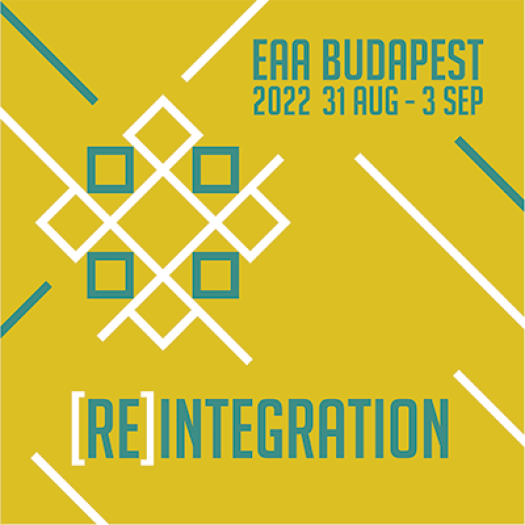EAA Budapest 2022 - Call for papers in wear analysis


Session #197 - Standardization in qualitative and quantitative use-wear analysis of prehistoric stone tools: discussing issues and solutions
Use-wear analysis applied to prehistory aims to characterize the surface alterations of artifacts to determine tool functions and describe past human behaviors. For decades, use-wear has been described mainly qualitatively but recent improvements in microscopy allowed quantitative data to be added to these observations. The number of studies using surface texture measurements to examine and successfully determine surface alterations increases. Indeed, metrological parameters can differentiate traces resulting from different use activities and worked materials. Both qualitative and quantitative approaches are complementary and are essential to provide comprehensive documentation and interpretation of the different types of use-wear. However, the discipline still faces limitations regarding the comparability between different analytical techniques and approaches. It also faces difficulties in terms of repeatability of experimental results and interpretation of the archaeological material. Though use-wear analysts have set up analytical protocols both for qualitative and quantitative methods, more discussion is needed to arrive to a consensus allowing new advances in the discipline. One of the main reasons is that the needs and possibilities in terms of analytical protocols vary depending on the raw material analyzed. However, with the consolidation of the quantitative approach in the field, the multiplicity of procedures increases once again and time has come to homogenize methods (i.e. screening, cleaning, data acquisition, etc.) in order to improve straightforward comparisons between archaeological series and/or sites.
In this session, we would like to address the difficulties we face in standardizing procedures and to reflect upon possible solutions. Ideally, the session would lead to the proposition of a few recommendations for the discipline. We are thus calling for papers from both qualitative and quantitative perspectives that demonstrate problems caused by the lack of commonly shared standards. The session will focus mainly on stone tools but papers concerning other materials will be also considered.
Please submit proposals for papers & posters at https://submissions.e-a-a.org/eaa2022 by February 10.
Session organizers: Antony Borel (antony.borel@mnhn.fr) - Andreu Ollé (aolle@iphes.cat) - João Marreiros (joao.marreiros@rgzm.de) - Veerle Rots (veerle.rots@uliege.be) - Juan José Ibáñez (ibanezjj@imf.csic.es).
Session supported by the project K 132857, NRDI Fund, Hungary.